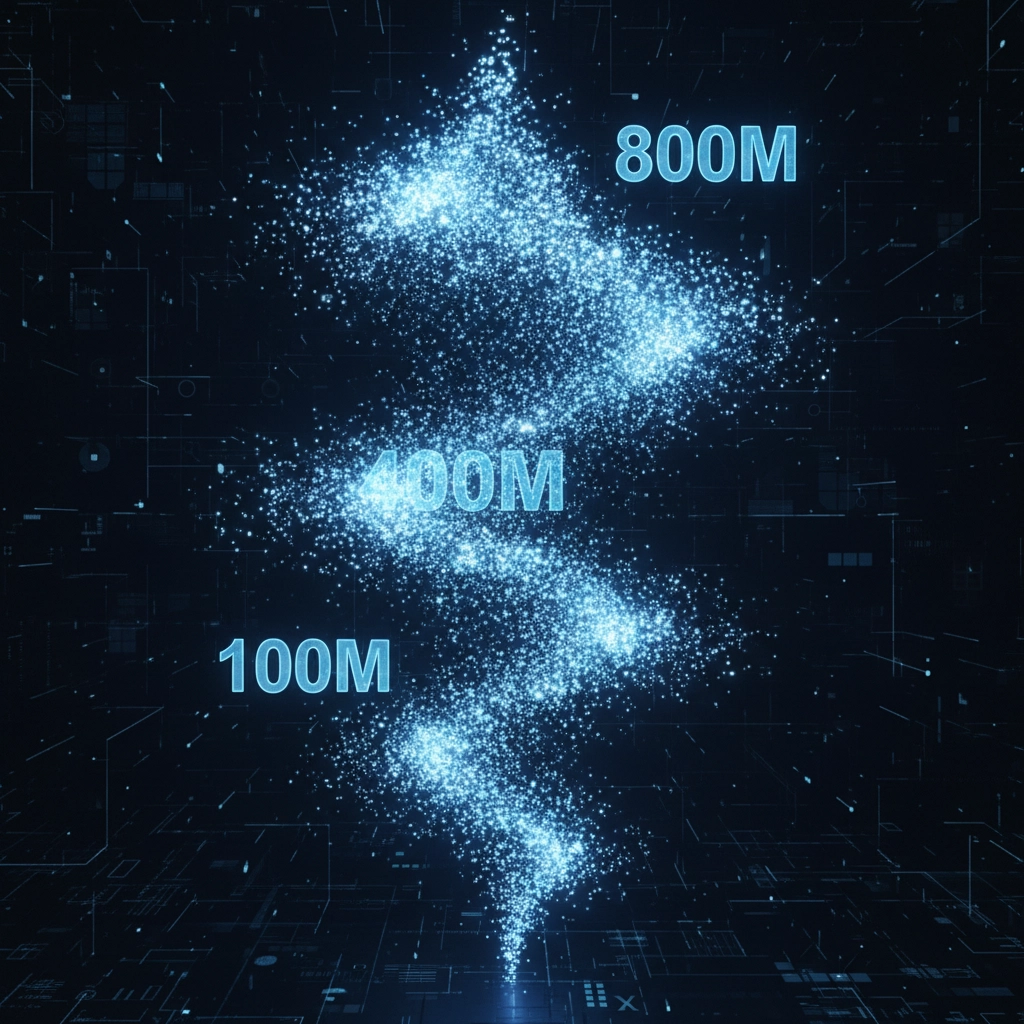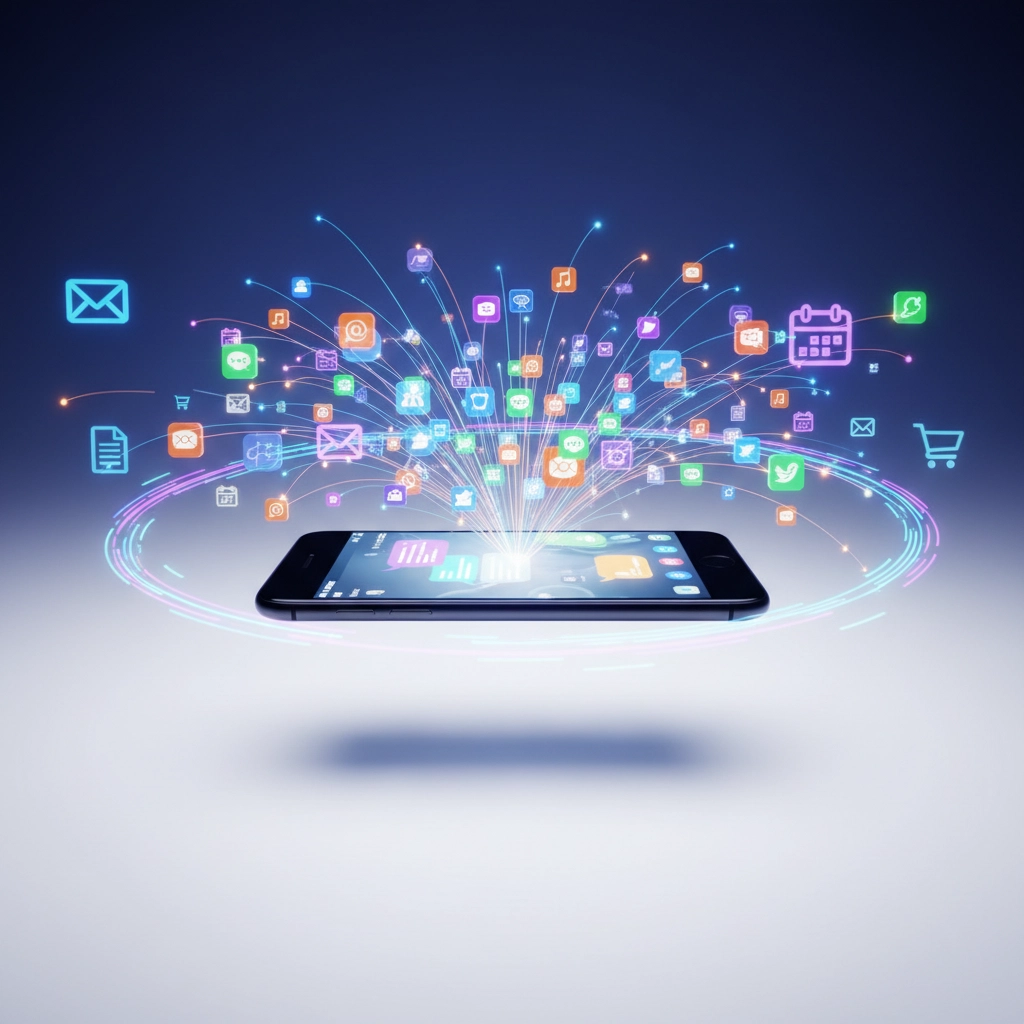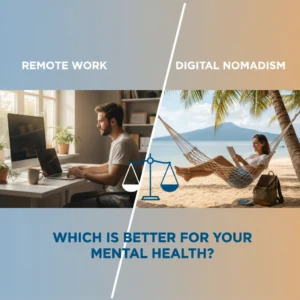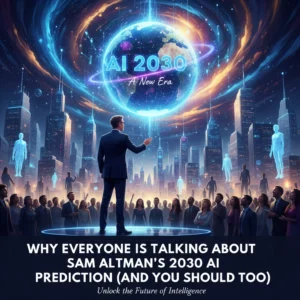Wait, did we say 300 million? Actually, let's update that number because ChatGPT just blew past everyone's expectations. We're talking 800 million weekly active users as of October 2025. That's not a typo – OpenAI's AI assistant has literally become bigger than most countries' populations.
Remember when hitting 100 million users was considered massive? ChatGPT did that in just two months back in early 2023. Now it's processing 2.5 billion prompts daily and sitting pretty as the world's 5th most visited website. But here's the kicker – most people are still using it like it's 2023.
The Growth That Broke the Internet
Let's put this in perspective. ChatGPT went from 100 million weekly users in November 2023 to 800 million by October 2025. That's an 8x increase in less than two years. To give you some context, that's like the entire populations of the United States, Canada, and Mexico combined – all using one AI tool weekly.

The numbers tell an incredible story:
- February 2025: 400 million weekly users
- Daily active users: 122.5 million
- Daily prompts: 2.5 billion
- Target for end of 2025: 1 billion users
OpenAI isn't just riding the AI wave – they're creating a tsunami. But while everyone's talking about user numbers, most people are missing the real story: the features that make ChatGPT way more powerful than that basic chat interface suggests.
7 Hidden Features You're Definitely Not Using
1. Advanced Voice Mode with Camera Integration
This isn't your basic voice chat. On mobile, you can literally show ChatGPT what you're looking at through your camera while having a conversation. Imagine troubleshooting your car engine, getting cooking advice while staring at your fridge contents, or having ChatGPT help you solve a math problem written on paper – all through voice commands.
How to use it: Open the ChatGPT mobile app, tap the voice button, and look for the camera icon during your conversation. Grant camera permissions and start showing ChatGPT your world.
2. Zapier Integration for Automation Gods
Here's where things get wild. ChatGPT can now connect to over 8,000 different apps and tools through Zapier. We're talking Gmail, Slack, Google Sheets, Trello, Shopify – basically everything you use daily.
How to use it: Go to your ChatGPT settings, look for "Integrations" or "Connected Apps," and link your Zapier account. You can then create workflows like "When I say 'add this to my to-do list,' automatically create a task in Asana."
3. Custom GPT Agents with Real Business Tools
Forget generic responses. You can build specialized ChatGPT agents that have direct access to your business tools like PayPal, Square, Gmail, and Outlook. It's like having a personal assistant that actually knows how to use your software.

How to use it: Navigate to "My GPTs" in your dashboard, click "Create," and during setup, look for the "Actions" section where you can connect various business tools and APIs.
4. Code Interpreter That Actually Runs Your Programs
This isn't just code generation – ChatGPT can actually execute Python code, analyze data files, create visualizations, and even build simple applications that run in real-time.
How to use it: Upload any data file (CSV, Excel, JSON) to ChatGPT and ask it to analyze, visualize, or manipulate the data. It'll write and execute the code automatically.
5. Memory That Actually Remembers
ChatGPT now has persistent memory across conversations. It remembers your preferences, work style, frequently discussed topics, and personal details you've shared. No more repeating yourself every conversation.
How to use it: Go to Settings > Personalization > Memory and enable this feature. Start conversations by mentioning details about your work, preferences, or ongoing projects.
6. Web Browsing with Real-Time Information
ChatGPT can now browse the internet for current information, check recent news, and access real-time data. No more "my knowledge cutoff" limitations for many queries.
How to use it: Simply ask questions about recent events or request current information. ChatGPT will automatically browse the web when needed and cite sources.
7. Document Upload and Analysis
Upload PDFs, Word documents, spreadsheets, or images, and ChatGPT will read, analyze, summarize, or answer questions about the content. Perfect for research, contract review, or data analysis.

How to use it: Look for the paperclip icon in your chat interface. Click it to upload files directly into your conversation.
Why Most People Are Still Using ChatGPT Wrong
I was talking to my friend Sarah last week – she's a marketing manager at a tech startup. She told me she uses ChatGPT maybe once a week to "write an email or something." When I showed her the Zapier integration, her jaw literally dropped. She realized she could automate half her daily tasks.
That's the thing about exponential growth in AI – the tools evolve faster than our habits. Most people are still treating ChatGPT like a fancy search engine when it's actually become more like a digital Swiss Army knife.
The real power isn't in asking it random questions. It's in integrating it into your actual workflow, connecting it to your real tools, and letting it handle the repetitive stuff so you can focus on the creative work.
What This Means for Your Daily Life
Think about it – 800 million people using one AI tool weekly means we're witnessing the fastest adoption of any technology in human history. Faster than smartphones, faster than social media, faster than the internet itself.
But here's what's really interesting: OpenAI is targeting 1 billion users by the end of 2025. That's roughly 1 in 8 people on Earth using ChatGPT weekly. We're not just looking at a popular app – we're looking at a fundamental shift in how humans access and process information.
The businesses and individuals who figure out these advanced features now are going to have a massive advantage over those still stuck in basic chat mode.

The Bottom Line
ChatGPT isn't just growing – it's becoming essential infrastructure for how we work and think. While everyone else is still asking it to write basic emails, you could be automating your entire workflow, analyzing complex data, and building custom AI agents.
The question isn't whether AI will change everything. It already has. The question is: are you going to keep using yesterday's version of tomorrow's most important tool?
What's the most surprising way you've used ChatGPT recently, and which of these features are you most excited to try?







